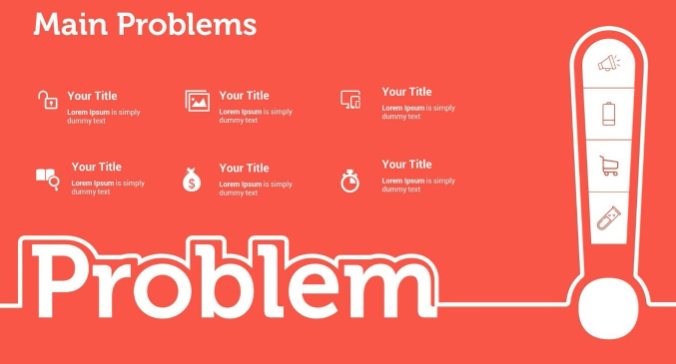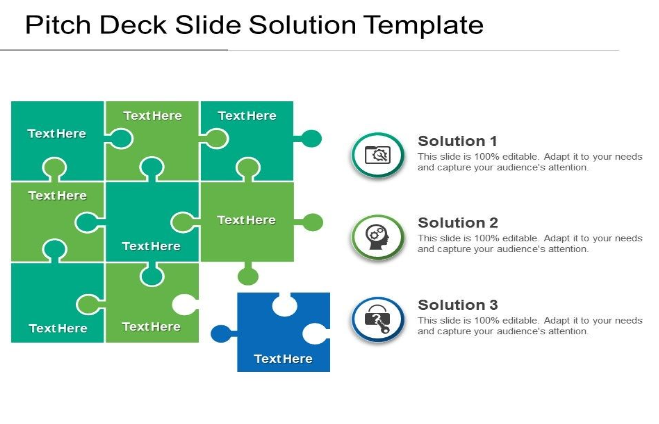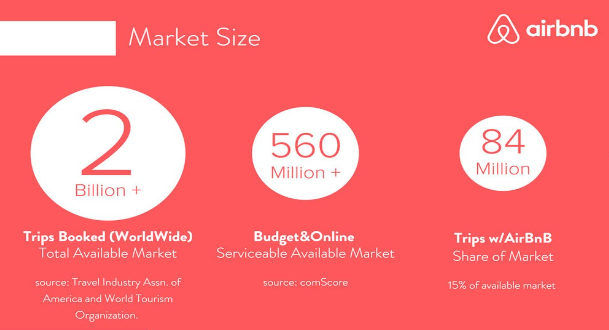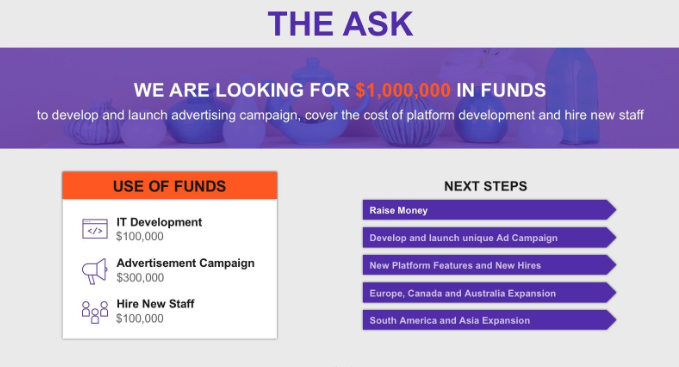Did you know that in San Francisco alone, more than 1000 pitch decks are created daily?
The figure is unimaginable if you just include the major business hubs across the globe. That’s the inflow of proposals thrust upon investors daily- this is just one of the realities of the startup ecosystem.
We know that the start-up culture and fundings have been growing over the past decade- there are more investors than ever before. However, the rise of fund seekers is way higher than the investors. This creates an overwhelming environment of pitches and funding requests. In such a competitive space, how do you ensure your idea gets the much-needed attention in the shortest time?
This is where elevator pitch deck comes into the picture.
What is an Elevator Pitch and its purpose?
An elevator pitch, by definition, is a brief opportunity to introduce yourself, your offerings, and the impact of your solution. All this is done in under a minute or lesser.
But beyond that, it is a chance to grab your listener's attention and create connections. Since so much is to be achieved in such little time, having a perfect elevator pitch dramatically improves your chances of closing a deal.
When is an Elevator Pitch useful?
The simple answer is every time.
If you think about it, in our life, we spend a lot of time selling ourselves – our ideas, thoughts, and solutions to friends, family, and people around us. The skill to put our thoughts in a clear, concise, and meaningful manner can help us in all walks of life.
In the professional world, however, the elevator pitch is useful in many places. It could be while selling your services to a prospective client, attending a job interview, or when pitching for investment.
The need for an Elevator Pitch deck
In most cases, an elevator pitch is very short and crisp speech one person gives to another. However, sometimes there may be a need for visual aid to grab attention. Amidst huge competition and diminishing attention spans, these visual aids work wonders.
This is where an elevator pitch deck comes handy.
An elevator pitch deck, if made well, helps in:
- Capturing attention
- Arousing curiosity (if you ask a question)
- Making the right first impression
It showcases that you understand the problem and are clear about what can be done about it.
Creating Elevator Pitch Decks
Before we look at how to create the best elevator pitch decks, let's look at what one looks like.

"My company provides valuable content for business and corporate blogs. (What your business does)
That means three things: one: added value to your target audience, two: increased traffic and three: higher engagement, all of which dramatically boost sales, revenue, and business growth. (Unique business proposition)
We helped our last client increase their revenue by 150% year-on-year (hard figures behind your results)
Does your company have any experience with content marketing? (Engaging question)"
Isn't it amazing how clearly the above sentences gave out all relevant information in just four lines? This is the beauty of a well-formed elevator pitch.
However, would it not become far more appealing and eye-grabbing if the same is also put up on 2-3 PowerPoint slides, with some smart arts and charts?
What constitutes an elevator pitch deck?
Just like the elevator pitch narration, the purpose of the slides is to give clear and crisp information. Thus, your elevator pitch deck mustn't be full of too many slides. The number of slides for an elevator pitch deck is usually restricted to anywhere between 3 to 8 slides.
The key information to be captured in the deck includes:
- Problem statement
- Solution
- Market size and competition
- Business model
- Technology or key skill sets (technical or patented – if any) (optional)
- USP or why we are the best
- Founding team members
- Money milestones
Problem Statement
The first slide of your elevator pitch deck must start with an engaging question or statement that directly leads to the problem you are trying to solve.
It might be one master problem statement, a few related problem statements, or one big problem broken into 2-3 sub-problem statements.
The aim is to showcase that you clearly understand the challenge.

Solution
Keep your audience engaged by quickly telling them the solution you offer for the problem above. Keep it simple for them to understand. Remember, the simpler it is to understand, the easier it is to buy the idea.

Market Size and Competition
Your investors would like to see that you have done your homework well.
They would always be more inclined to invest where they see significant returns. Thus, showcasing the opportunity size and the competition insights give a quick feel about whether they should invest their time further with you.

Business Model
A quick slide on the business model gives your investor an idea about how will you make money. A convincing business model leads to better conversion from an investor.
Technology or Skill Set
This is an optional slide to be used by founders or co-founders of organizations offering high-end technology-driven products or solutions. If you use a patented technology, it is recommended to put it forward in the first meet.
USP or why we are the best
Your investor would want to hear how you are different or better than others in the very first interaction with you. It is here that they make up their mind about investing further time with you.
If they decide to give you a second hearing, you are more likely to get the funds you need.
Founding Team Members
People invest in people.
Investors like to know the credentials of the people they invest their time and funds in. Must include your qualifications, relevant experience, and achievements to build their confidence. If possible, also add meaningful extracurricular activities and achievements to bring in the person's human side.
Money Milestones
Investors love numbers, and these stay with them even after your elevator pitch ends. Clearly putting across how well you thought of the investment process right at the start of your engagement.

It is important to remember that you need put separate slides for each point mentioned above. If you can design it well, most information can be covered either on a single A4 PDF or just in a few slides.
The Presentation of the Elevator Pitch Deck
As important as it is to put relevant information across clearly, the deck's design, look and feel equally impacts your elevator pitch's success.
If you are good at designing, you may choose to design it yourself or you can get professional help to create visually appealing content. You can use some readily available templates for the elevator pitch deck or opt for professional assistance from organizations like Alpha Valley to help you with a holistic pitch deck solution.
A quick Summary for a winning elevator pitch deck-
- Keep it concise and strikingly appealing
- Choose big, bold fonts
- Use contrasting backgrounds
- Use easy-to-understand words, fonts, and images
- Avoid the temptation to put everything on the slide- keywords work best
- Try to avoid free-sourced standard images- use few but relevant imagery
The elevator pitch deck gets you a foot in the door of investors; only if you have excited them enough in the first few minutes of your pitch. Therefore, focusing on making excellent elevator pitch decks can be a huge game changer for your business.
Do not shy away from taking professional assistance to get this job done. After all, it is your business idea that should eventually succeed- a great elevator pitch deck just opens the door.
